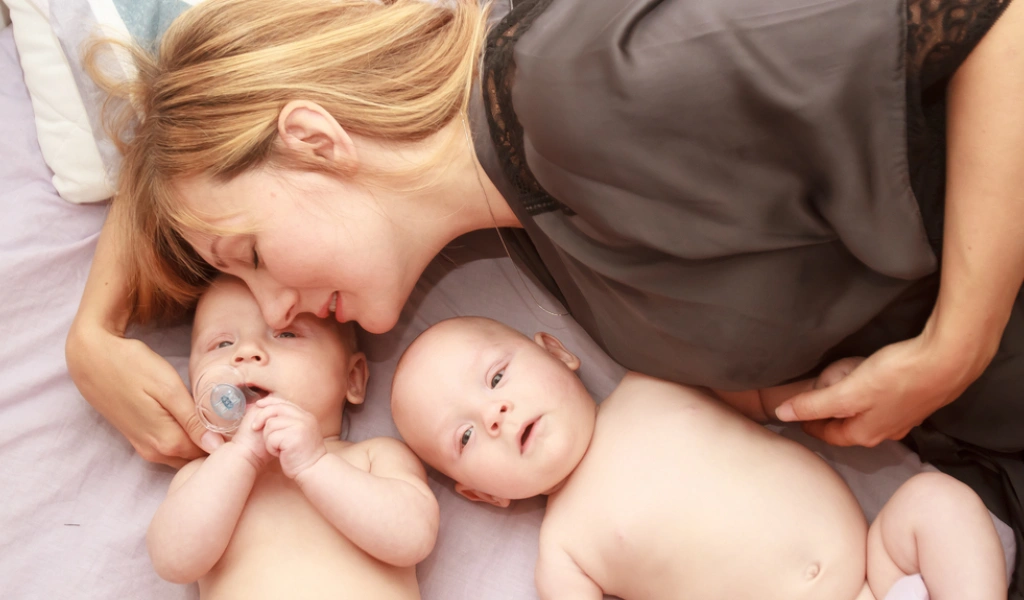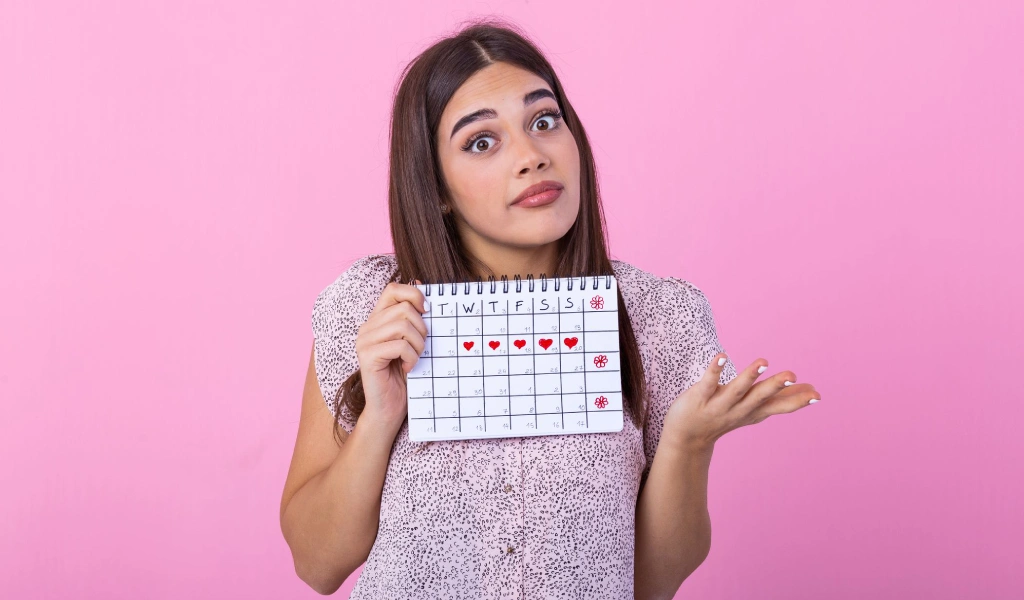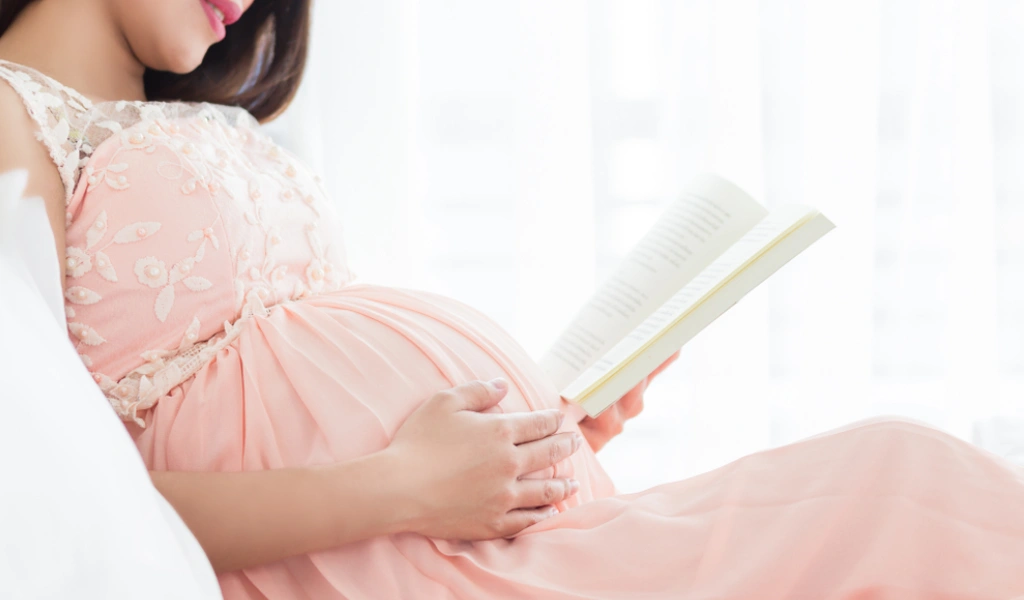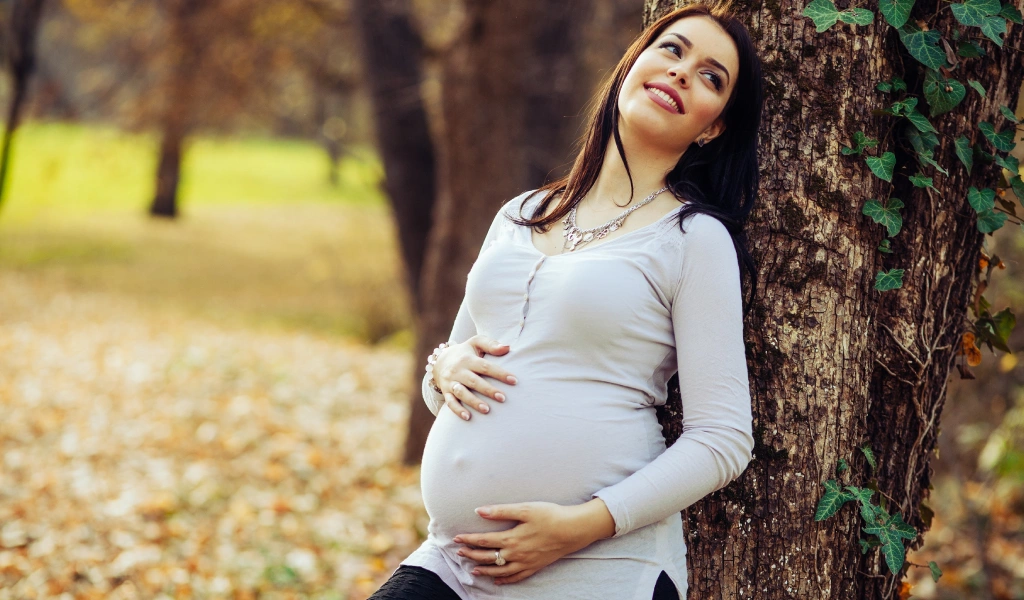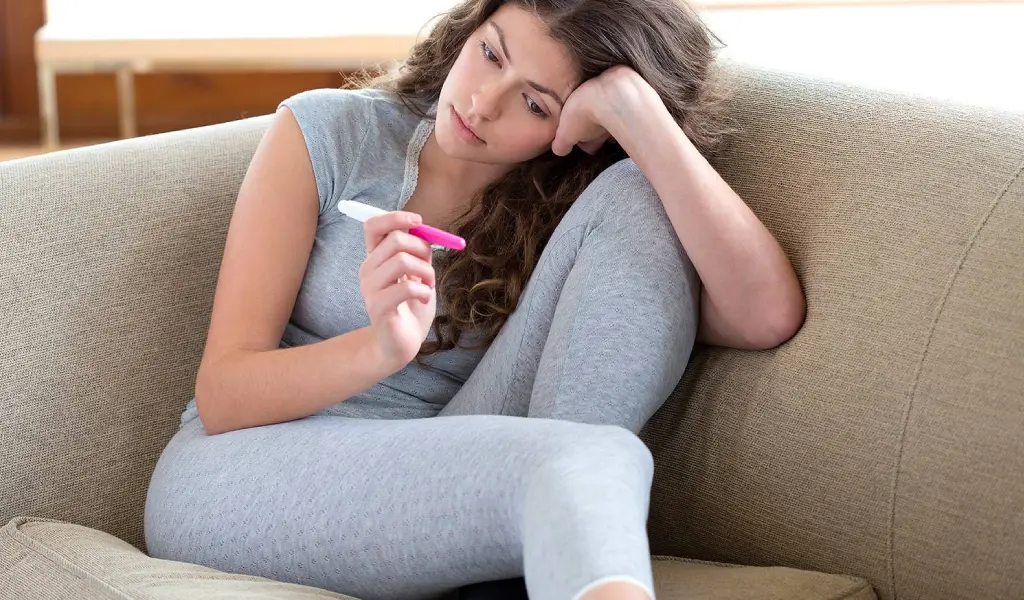Multiple Ovulation can happen within a month as a result of hormonal fluctuations, despite having multiple ovulations being rare among females.
If you have been attempting to get pregnant, you have likely come across the term ovulation. Understanding your fertile window, or days when you are most likely to ovulate, is important when trying to get pregnant. This is the time when your ovary releases an egg. But is it possible to ovulate multiple times in a month?
Recent studies suggest that the long-established belief that women ovulate only once per month may not be entirely accurate. Traditionally, it is believed that women ovulate around day 14 of a 28-day menstrual cycle, with the most fertile days being days 12, 13, and 14. This has been the standard understanding for many years by experts.1 However, new research indicates that women may be able to ovulate more than once in a single month.
Can women ovulate multiple times in a month?
Based on a recent study in the United States, it was found that women have multiple ovulation cycles within a single month. This discovery suggests that women may have more fertile days each month, potentially boosting the likelihood of getting pregnant.

Continue reading this post ‘Can You Have Multiple Ovulations Per Month?‘ to learn more about multiple ovulations, what causes multiple ovulations, the factors involved in multiple ovulations, methods for monitoring multiple ovulation, and some helpful fundamental ovulation measurements.
How does ovulation happen?
Ovulation is essential in a woman’s menstrual cycle as it entails the discharge of a mature egg from the ovary. This egg may also be known as an ovum, oocyte, or female gamete.2
- After being expelled, the egg travels through the Fallopian tubes, where fertilization may happen if it comes into contact with a sperm.

- Using their ovulation calendar, numerous women decide the ideal time to get pregnant based on identifying when they are most fertile.
Typical Ovulation Process Sequence
The time when a woman is most fertile in her menstrual cycle is during ovulation when the cervix releases a thin cervical fluid that helps sperm move towards the egg. Ovulation usually happens once in each menstrual cycle. While ovulating, the ovaries produce follicles containing eggs. A study carried out by the SPD Development Company Limited revealed that in women with a 28-day menstrual cycle, 20% ovulated on the 14th day, 27% ovulated on the 15th day, and 21% ovulated on the 16th day.
- The follicles enable the development of a healthy egg.
- When the sperm joins with the egg, fertilization takes place resulting in pregnancy.
Recent Discoveries In Fertility Treatments
Is it possible for a woman to ovulate multiple times in a month? According to trials conducted at fertility clinics, there is a chance for women to experience ovulation more than once within a single month. This occurrence is observed in only 6-10% of cases.3
- The study consisted of assessing 60 women aged between 18 and 40 years using high-resolution transvaginal ultrasound.
- At least six subjects were found to have ovulated twice during the six weeks when measuring the follicles of the participants.
Reasons for multiple ovulations within a single month
Scientists believe that progesterone could potentially induce multiple ovulations within a cycle based on findings from a study involving animals. Progesterone is typically secreted by the corpus luteum and tends to inhibit LH release, thereby preventing ovulation in a typical menstrual cycle. Nevertheless, in rare cases, a drop in progesterone levels may result in the occurrence of two waves of ovulation.4
- The Corpus Luteum can sometimes produce a reproductive hormone known as luteinizing hormone.
- The frequency of ovulation is determined by the hormones, such as progesterone and luteinizing hormone, that are secreted.
- According to experts, if the reproductive system generates a dominant follicle in one cycle, it could potentially lead to the possibility of dual conception by allowing two waves of egg release in a single month.
Factors that raise the chances of releasing two or more eggs
Is it possible to have multiple ovulations in a single month? Ovulation, like pregnancy, is an unpredictable process. It is uncertain when one might experience more than one ovulation in a cycle.
- Various factors such as physical, emotional, and lifestyle aspects play a role in increasing the likelihood of multiple ovulations.
- When receiving infertility treatment, the chances of ovulating more than once are high. In cases where ovarian reserve is low, double stimulation may be done during IVF to collect more eggs.
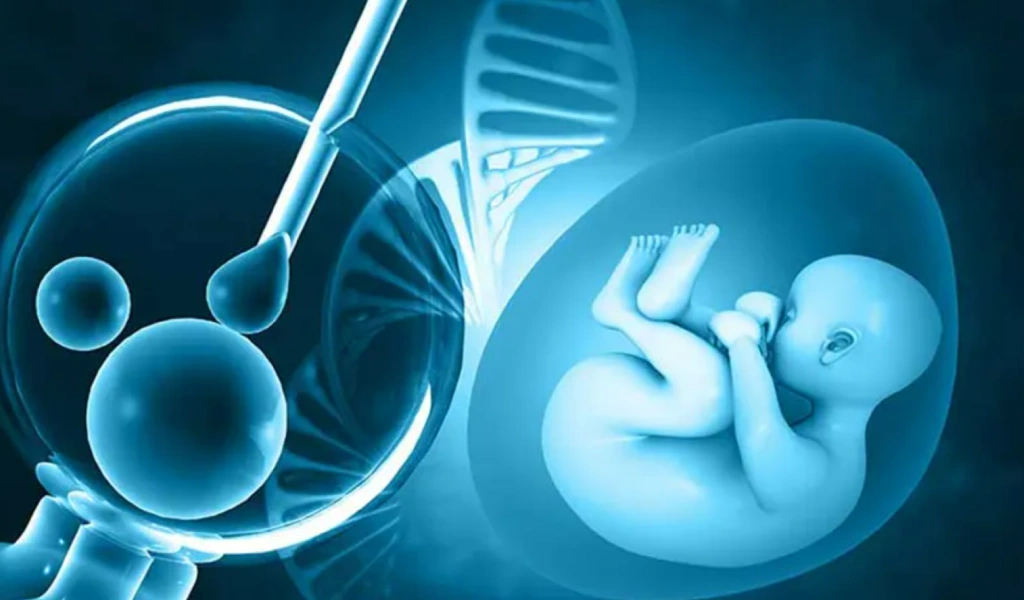
- Additionally, having a family history of multiple ovulations can also increase the likelihood of experiencing them.
Monitoring both sets of eggs that are released from both ovaries
If you are interested in monitoring the likelihood of two eggs being released in a month, it is important to seek guidance from a trustworthy fertility doctor. It is necessary to have a professional evaluate your ovulation cycle and patterns to assist you in getting pregnant.
Steps to Take During Ovulation
The following steps can assist you in comprehending your ovulation cycle and effectively planning your pregnancy.
- The cervix generates a transparent, watery substance known as cervical mucus, which can be stretched between the index finger and thumb.
- Determine your fertile days by tracking the start of your menstrual cycle.
- Monitor your basal body temperature during ovulation.

- Increase the likelihood of getting pregnant by having timely intercourse with your partner.
- Ovulation predictor kits can be useful in monitoring ovulation.
Couples who are attempting to get pregnant often monitor their ovulation as it provides the highest likelihood of pregnancy. It can be unexpected for couples to learn that some women may ovulate multiple times in a single month.
Factors such as hormones, genetics, and certain medical interventions could play a role in the occurrence of ovulation twice a month. If you are trying to conceive, consulting with your doctor and monitoring signs of ovulation, like changes in body temperature or cervical mucus, is recommended. Your healthcare provider may conduct scans to determine the timing and frequency of ovulation in a month.
Key Takeaways of ‘Can You Ovulate More Than Once Per Month?’
- Women usually release an egg every month as a part of their menstrual cycle, commonly happening around the 14th day.
- According to some studies, it is believed that certain women may ovulate more than once within a month. Throughout the menstrual cycle, the cervix creates a fluid substance that helps with lubrication and facilitates the transportation of sperm toward the egg during the fertile phase.
- An enhanced likelihood of multiple ovulations is observed with infertility treatments and a family history of the condition.
- Couples can choose to consult with a fertility doctor to monitor both partners’ ovulation or use an ovulation prediction kit at home.



